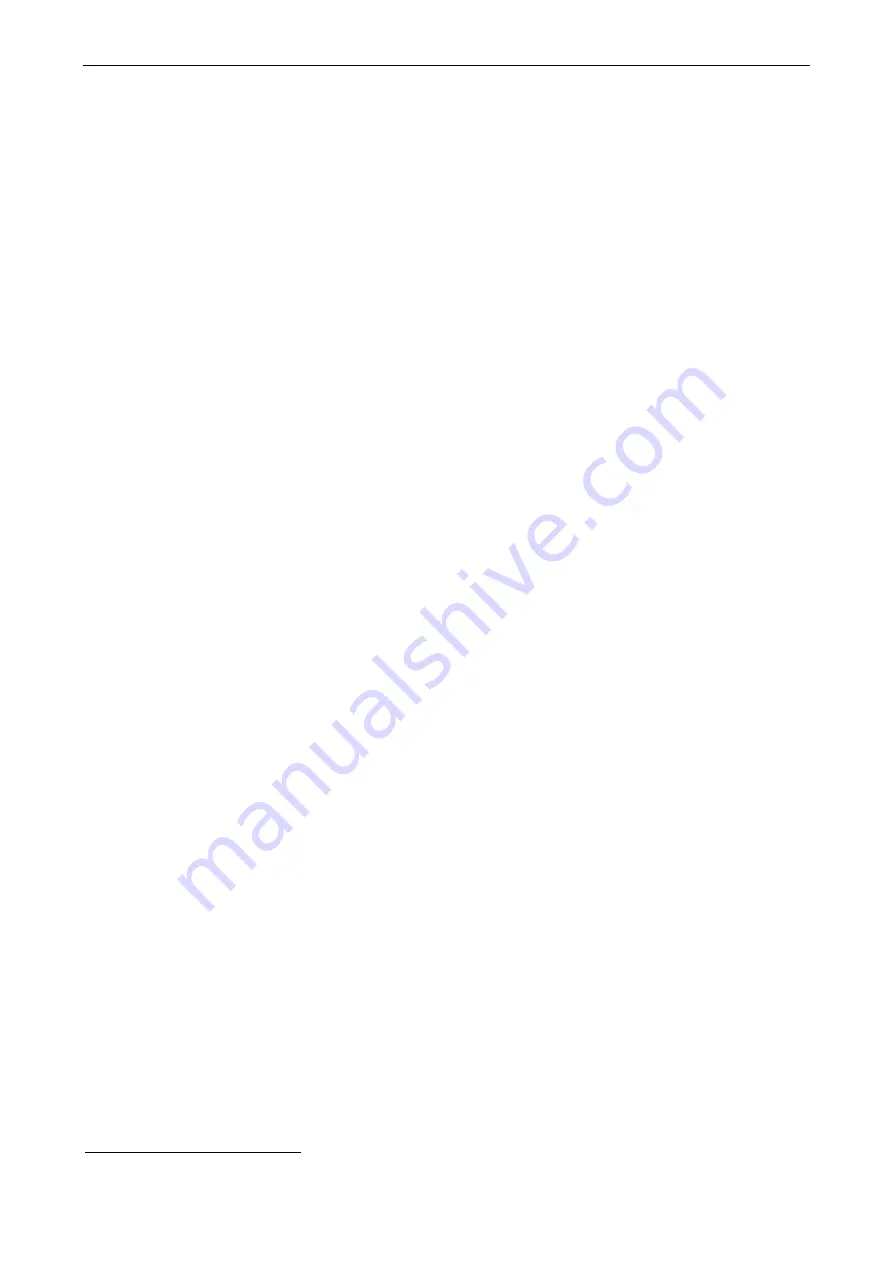
AEROPRAKT-32 Pilot Operating Handbook
A32-060-POH
54
If the engine is not operated for long time, oil from the engine will flow to the lowest point of
the lubrication system, i.e. oil tank. So before checking the oil level on the cold engine
open the oil tank, remove and clean the oil probe and turn the propeller several times until
you hear the sound of air bubbles coming into the oil tank which means that the oil from
the oil tank was pumped thus into the engine forcing the air from it back into the oil tank.
Wait a little while the oil lets out the air bubbles and insert the oil probe to see the actual oil
level.
WARNING: Do not turn the propeller against the direction of engine rotation
– this may
damage the engine.
CAUTION: Do not open the expansion tank of the cooling system while engine is hot!
Coolant is under pressure and may burst out and bring injuries or harm.
8.4 Approved fuel and oil
Approved fuel types: antiknock properties
— min. RON 90 (min. AKI 91
2
);
European standard
— EN 228 super, EN 228 super plus;
Aviation standard
— AVGAS 100 LL (ASTM D910).
Approved oil types: with RON 424 classification.
8.5 Cleaning and care
Keeping the aircraft clean is essential for its efficient and safe operation. Pilots must make
sure during the preflight check that the airplane is clean and free of corrosion. Airplane
washing should be done using cloth or soft sponge abundantly soaked in water with
addition of mild washing agents.
Never use gasoline, solvents or other aggressive liquids for washing the airplane
and especially the cockpit glass!
Cockpit glass must be finally washed with plenty of water. It is recommended to let water
dry and not to wipe it with a cloth as dust particles stuck in the cloth may scratch the glass.
After airplane washing inspect the parts that must be protected from corrosion (hinges,
joints, etc.). Clean them of any remaining water and old grease and lubricate anew.
8.6 Disassembling and assembling the airplane
Aircraft operation and servicing in some cases may require to disassemble (and assemble
back) the airplane or remove some of its components. This section describes how to
disassemble correctly the airplane by removing its main components: left and right wings,
horizontal tail, propeller, engine.
8.6.1 Wing removal
NOTE: Before wing removal empty the wing tanks!
Left and right wings shall be removed in turn (in any order) according to the following
sequence (see
1. Disconnect the aileron control shaft.
2. Disconnect the electrical connectors of fuel level sender cable.
3. Disconnect the fuel lines.
4. Disconnect the full and static pressure lines at their joints (4, see
Fig.14
2
Anti-Knock Index (RON+MON)/2
































